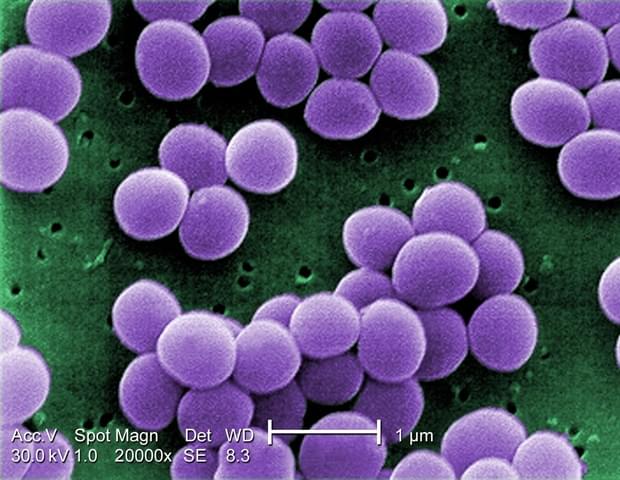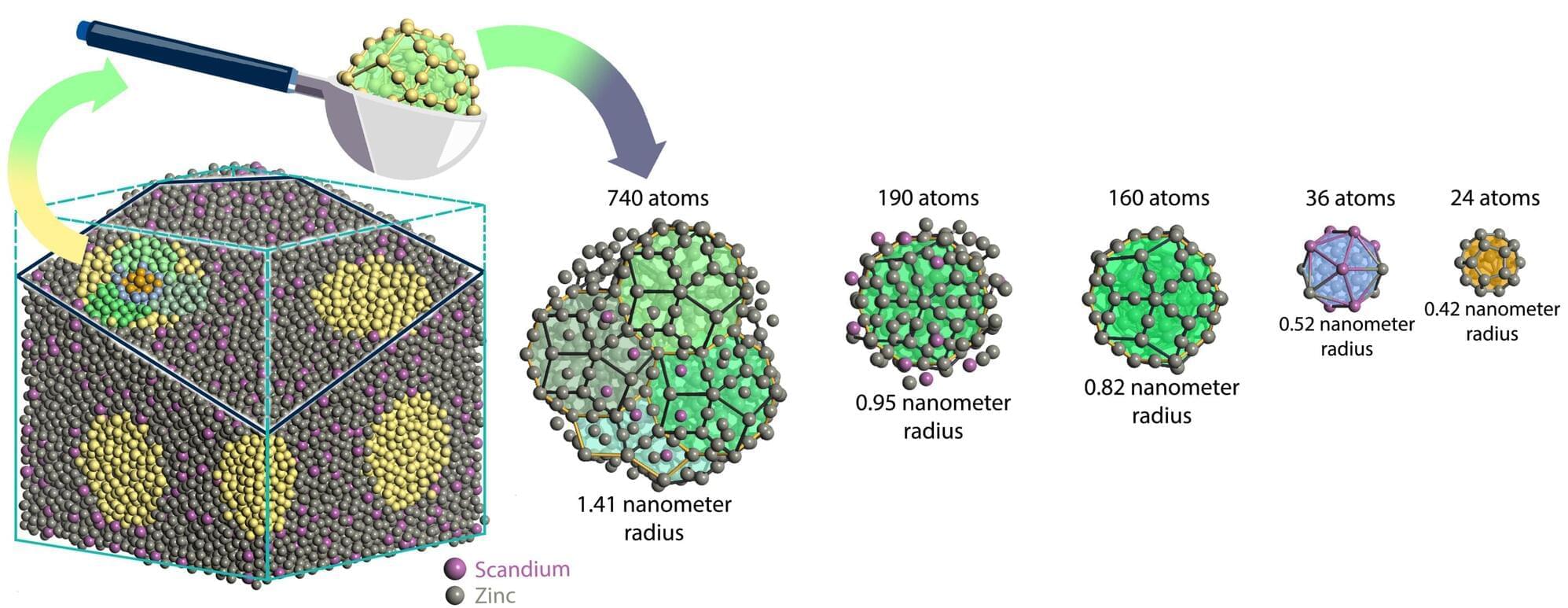As solar energy becomes more affordable and widespread, farmland has emerged as a prime location for large-scale solar development. But with this expansion comes a persistent question: Do nearby property values suffer when solar farms move in?
In a paper published in the Proceedings of the National Academy of Sciences, researchers in Virginia Tech’s Department of Agricultural and Applied Economics in the College of Agriculture and Life Sciences looked at millions of property sales and thousands of commercial solar sites to shed some light on one of the most commonly cited downsides of large-scale solar adoption.
“As the U.S. scales up renewable energy, solar installations are increasingly being sited near homes and on farmland, and this often leads to pushback from residents worried about aesthetics or property value loss,” said Chenyang Hu, a graduate research assistant in the Department of Agricultural and Applied Economics and the paper’s lead author.









